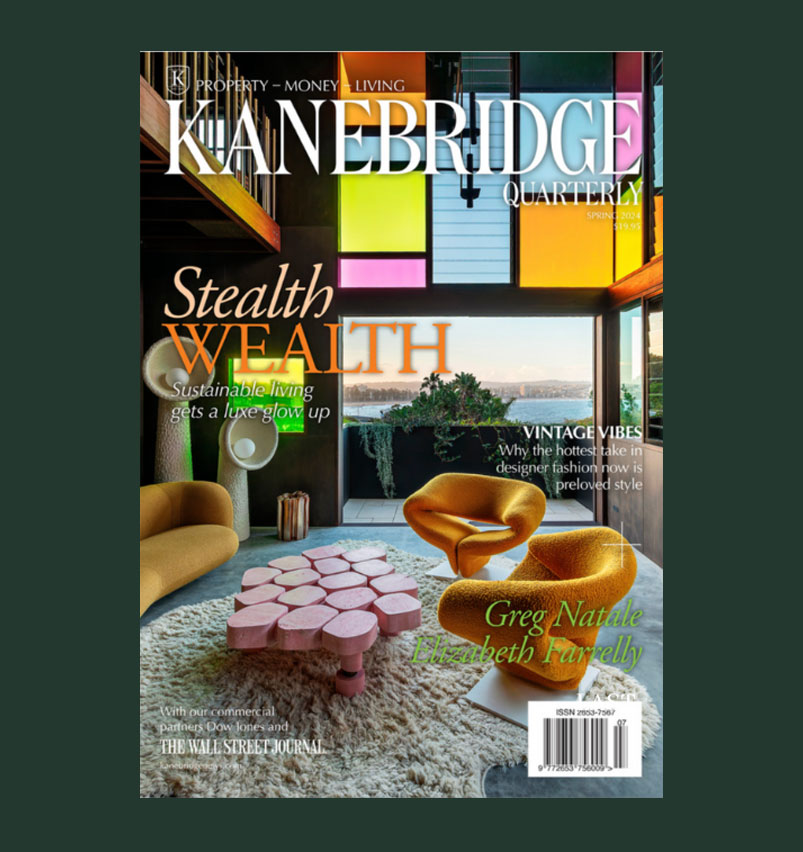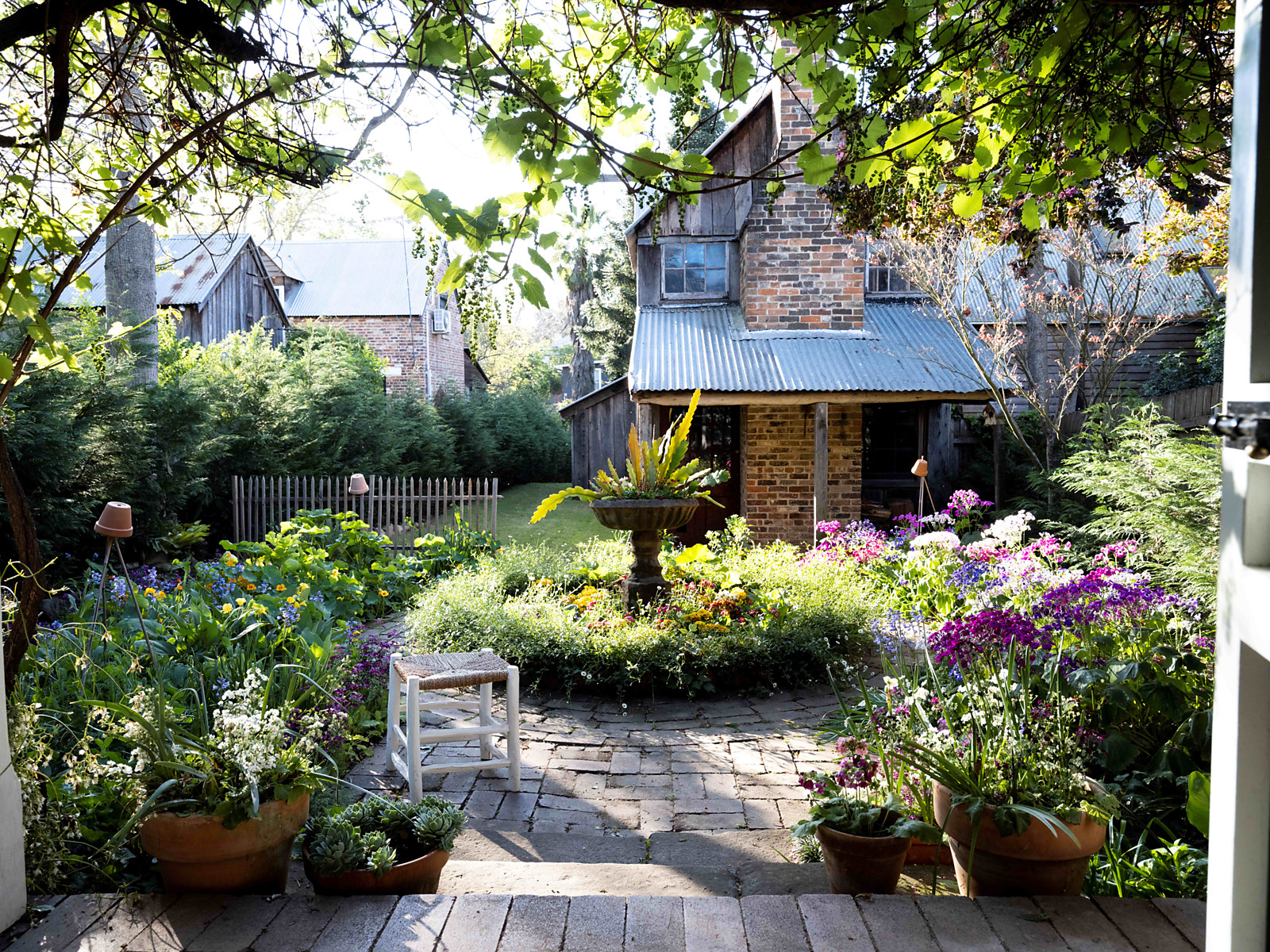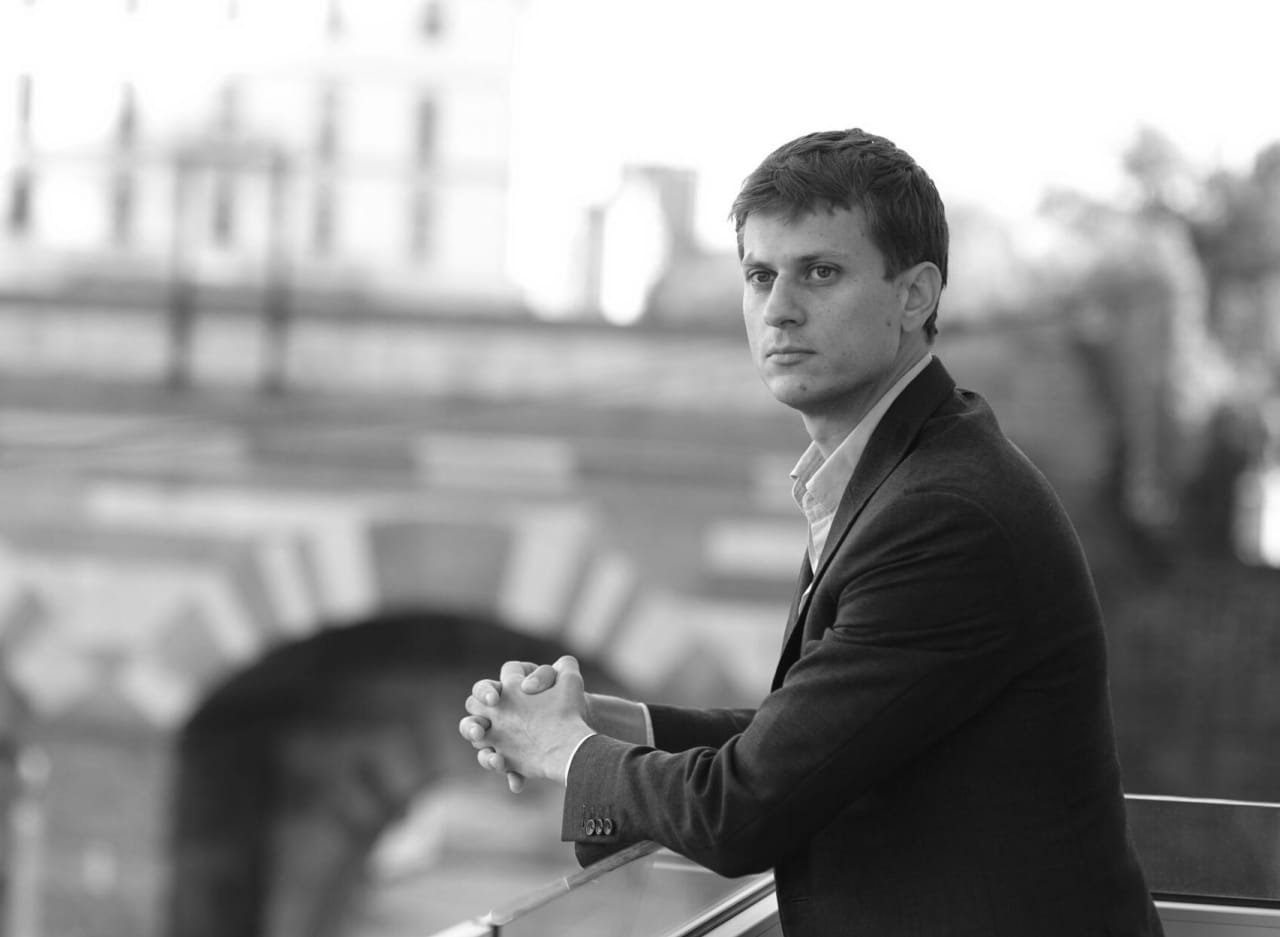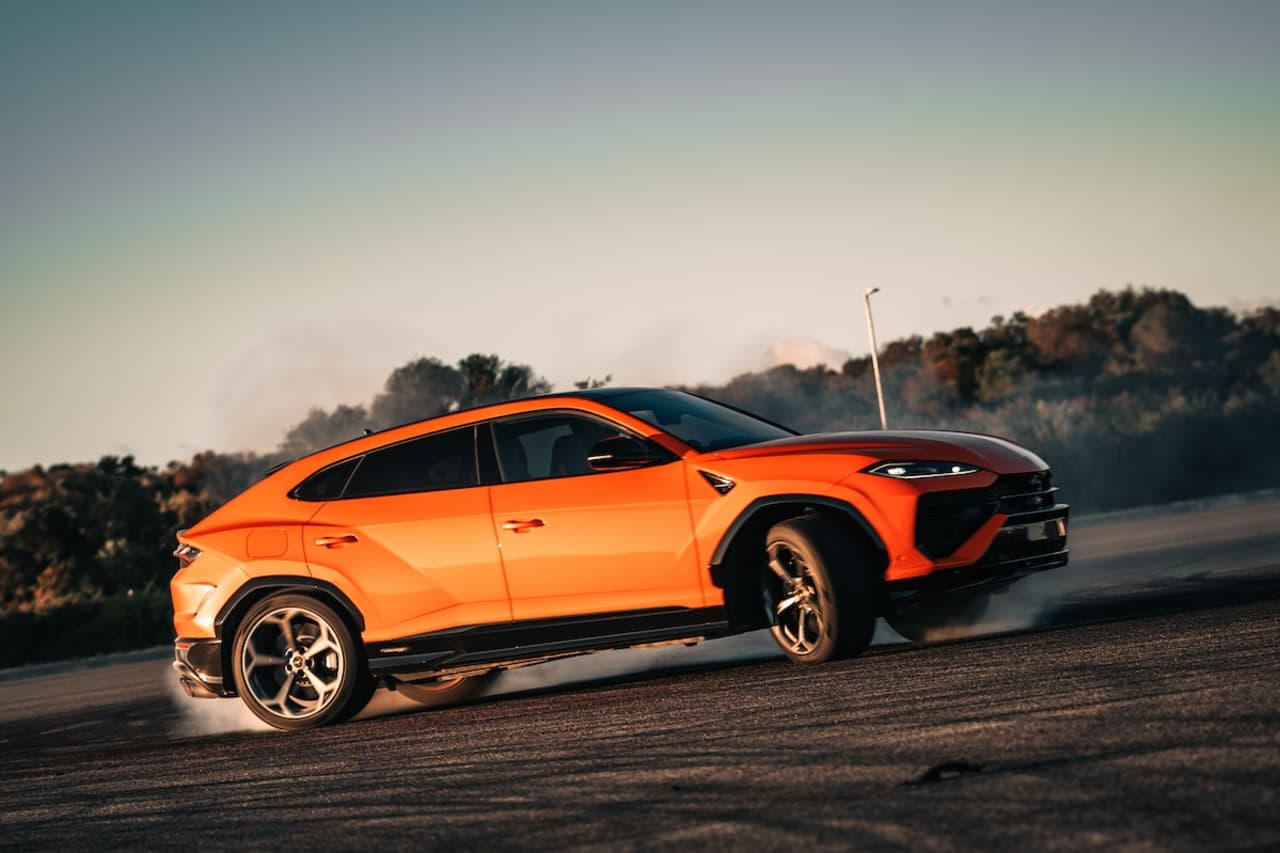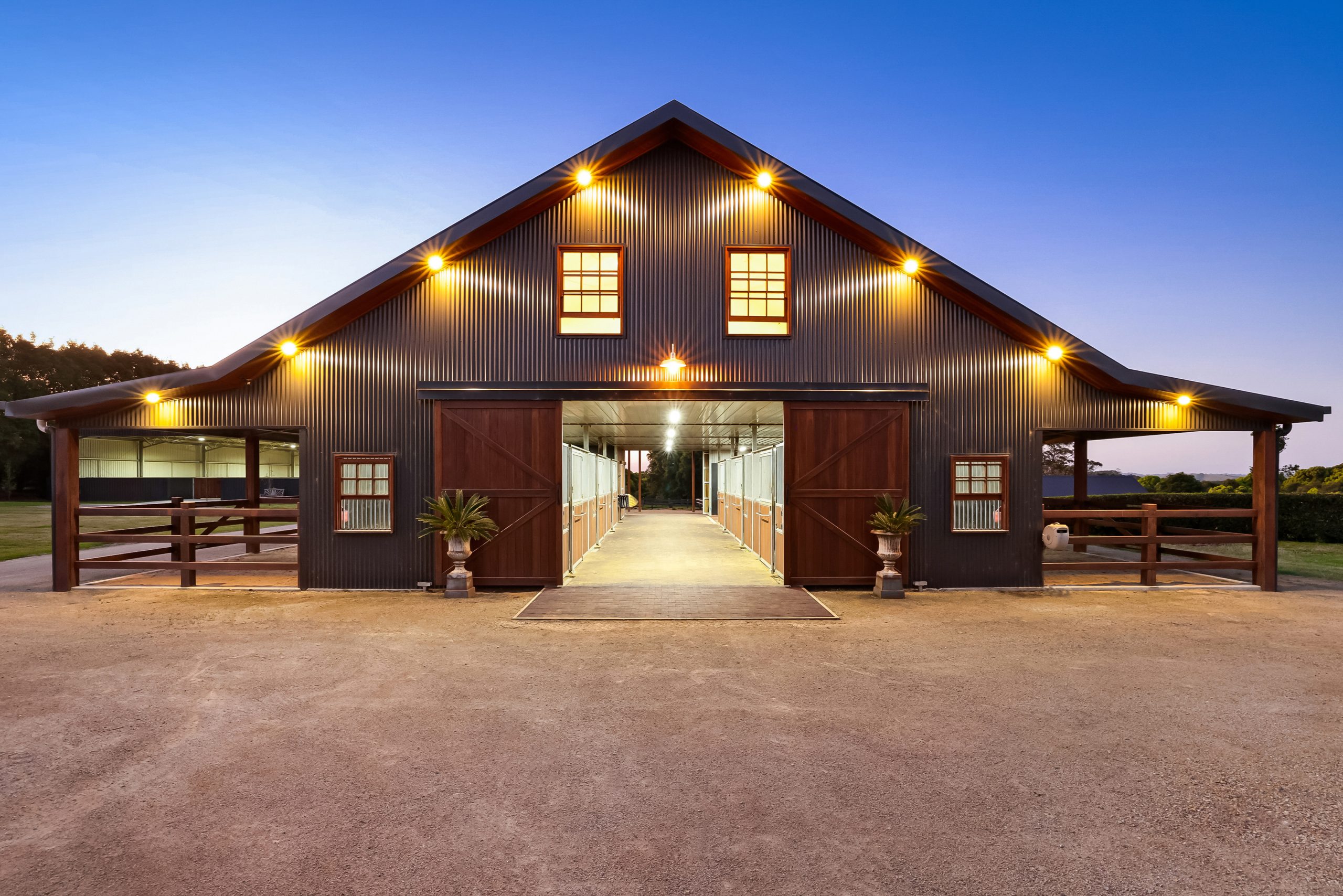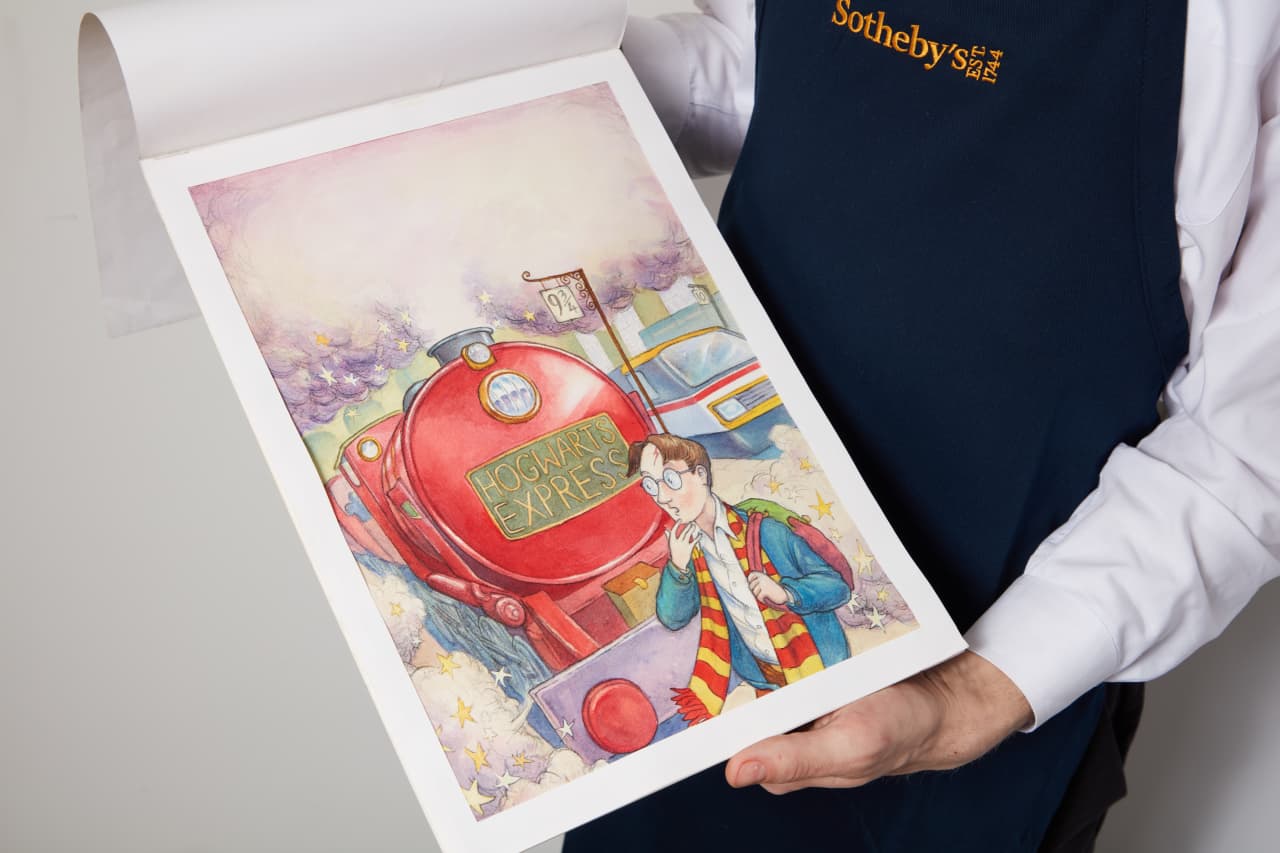This Restored 89 Porsche 911 Could be Yours
Dan Neil dips his toe in the world of hyper-restored cars from Singer Vehicle Design and finds the ‘Hollywood Commission’ of the Porsche 911 a drastic improvement in almost every way
OUR TEST CAR cannot be bought for love or money. This 1991 Porsche 911 reimagined by Singer Vehicle Design—called the “Hollywood Commission,” in Bahama Yellow—is one of only 450 examples that the Torrance, Calif.-based fantasy factory will build, all of which are spoken for, with average costs in the high six figures, not including the donor car. Which is a pity. I was this close.
Some might ask why even bother driving Mr. Hollywood here, since Singer’s “Classic Study” cars are basically unobtainable. People ask silly questions, don’t they? For Porsche fanatics, such a car lives at the end of an impossible, aspirational rainbow, right next to their pot of FU gold. Imagine, a fully modern, daily driveable vintage 911, with a flat-six engine rapping and wailing at over 7,000 revs, meshed with the perfect five-speed (or six) stick shifter—a car with all the charisma of the classic design but twice the performance, rebuilt to standards of precision that make those schlubs back in Stuttgart look like cave dwellers.
Singer is building an even more bat-guano crazy, nth-degree restomod: the Dynamics and Lightweighting Study. Developed with F1 technology house WAE, the DLS gets the full Singer treatment, including a motorsports-tuned rebuild of the naturally aspirated flat-six engine. Prices start just shy of $2 million. Only 75 will be built. At last count, more than 50 commissions had been completed.
Founded in 2009 by musician Rob Dickinson, Singer started humbly, and relatably, as one guy getting in way over his head restoring an old car. But he had game. “Pretty soon, people were asking Rob to do another, and another,” said Mazen Fawaz, Singer’s chief executive. This was fortuitous inasmuch as Dickinson had once trained as an industrial designer.

Dickinson is by no means the first to slam and tune a 911, but it’s fair to say no one has ever gone quite so far, at such a high level of precision, with such impeccable taste and with so little regard for propriety.
It only takes a couple blocks in the “Hollywood Commission” to tell that it’s a drastically better car than the donor ever could be. For one thing, it borrows from its technical near future, using the steering rack and brake package of the 993-chassis GT3, with ABS and rotors the size of Saxon shield bosses. The motorsports-evolved front end is one reason the test car corners with the smartness of a modern track car instead of gently obsolescing junk.
In back, under the engine cover—watch that you don’t klonk yourself on the big spoiler—you will find a beautiful ceramic-finish plenum, also nicked from the 996-series GT3, wrapped in braided stainless steel. When they see it, dudes make a face like pirates opening a treasure chest.
Before my visit, I winced at the word “reimagined,” but it kind of works as a last option. You can’t call what Singer does restoration because so much of the donor gets binned, starting with the steel fenders, which get swapped out for luridly flared, flawlessly finished carbon-fiber hips. In our car, the doors and monocoque frame remained in the original German steel.
It’s not re-manufacturing, either, since what’s left is not returned to original. Every widget has been breathed upon, updated or mutated for motorsports.
Nor might you call it tuned. What Singer does is more invasive than that. While the suspension layout (upper wishbone and lower A arms in front, and trailing arm in the rear) is faithful in principle, the geometry is radically different. The front and rear track are much broader, wheels are wider, the ride height lower, the stance vastly slinkier.

The componentry is state-of-tomorrow hot-rodding, including fully adjustable Öhlins suspensions, heavy-duty bushings, forged aluminum links and bars and heim-joint adjustable cross-strut brace up front. Note: All of this can be ordered, a la carte or prix fixe, according to the client’s wishes, la-tee-dah.
The traditional 40%/60% front/rear weight balance remains intact, but the handling is unrecognizable. Oversteer, schmoversteer. Hunkered over fat Michelins, the car’s grip on the street is unshakeable.
Glory be, listen to that engine. Typically, the donor’s flat-six gets bored and stroked to 4.0 litres displacement, around 390 hp. It then gets a motorsports makeover from top to bottom, with lightened valvetrain, titanium conrods and forged pistons, forged crankshaft, lightweight flywheel—the proverbial works, if your proverbs include bratty Shanghai billionaires.
At full song, over 5,000 rpm or so, the free-breathing six snarls and snare drums, on and off throttle, with a titanium-piped resonance that is thrilling, tromboning, outrageous. In the driver’s footwell: three small pedals, perfectly positioned for heel-and-toe footwork.
In contast to all the high-tech hot-rodding, the 964’s steel frame needs little to no additional bracing, I was told. Singer will seam-weld a car’s monocoque if asked, but it’s considered unnecessary. For one thing, the car emerging from the process weighs 150-200kg less than it did going in.
Which brings us to my takeaway: Among all the wonders of Singer’s fabrication, the haute-couture upholsteries and the horological obsession with precision, the most astonishing bit of kit remains the 911’s monocoque structure, a design that dates back almost unchanged to Ferry Porsche’s original in 1963. Of all the liberties taken it’s practically the only thing that remains sacrosanct.
Hallelujah.
1991 Porsche 911 reimagined by Singer ‘Hollywood Commission’

Price: $1.5 million
Powertrain: Naturally aspirated 4.0-litre DOHC flat-six engine; six-speed manual gearbox; rear-drive with mechanically limited-slip rear differential
Power/torque: 390 hp at 7,200 rpm/432 Nm at 5,900 rpm
Curb weight: 1,242 pounds
0-100 km/h: 3.3 seconds
Corrections & Amplifications
The price of the Porsche 911 reimagined by Singer ‘Hollywood Commission’ test car is $1 million, including the cost of the donor car, and its front/rear weight balance is 40%/60%. A previous version of this article mistakenly referred to the $1 million figure as the “base price” and stated that the front/rear weight balance is 60%/40%. (Corrected on June 9.) The Dynamics and Lightweighting Study model of the Porsche 911 reimagined by Singer includes a naturally aspirated engine. A previous version of this article incorrectly stated that it has a turbocharged engine. (Corrected on June 12.)
 Copyright 2020, Dow Jones & Company, Inc. All Rights Reserved Worldwide. LEARN MORE
Copyright 2020, Dow Jones & Company, Inc. All Rights Reserved Worldwide. LEARN MORE
This stylish family home combines a classic palette and finishes with a flexible floorplan
Just 55 minutes from Sydney, make this your creative getaway located in the majestic Hawkesbury region.
There’s a tradition in the Forte family of starting on the lowest rungs of the hospitality ladder and working their way up.
In 1911, Rocco Forte emigrated from Italy to Scotland to open a cafe that would mark the first hospitality establishment in the namesake family business. He would go on to open several more restaurants in the U.K., which his son would continue to grow.
Although the hotel group has ebbed and flowed through the decades, it finds itself in a new era with all three adult members of the current generation working for the company.
Charles Forte, 32, is one of those three and followed in the steps of his grandfather by starting in hospitality service. At age 15, he was a waiter at London’s Brown’s Hotel—owned by Rocco Forte Hotels since 2003—and has worked in almost every area of the hotel and restaurant industry since.
Today, he is the group’s director of development, responsible for steering external partnerships and capital investments.
“My role is to find new opportunities and develop ourselves on a much smaller scale,” he says.
In January, Saudi Arabia’s PIF sovereign wealth fund took a 49% investment stake in Rocco Forte Hotels—a deal Charles helped complete. He says that the investment will help guide the group’s next growth phase, which includes a target of three hotels per year and expansion in the Middle East, among other regions. Through 2027, the group is opening four new properties in Italy and working on a project in Marrakesh, Morocco.
The family’s roots are Italian and that’s where many of the group’s most notable properties reside, although according to Charles, more than 40% of the company’s business is within the U.S.
Alongside his two sisters Lydia and Irene, Charles is connecting the Forte name to a new generation of luxury travellers through partnership deals with brands like the Macallan and smaller, longer-term property builds in Italy and elsewhere.
Penta caught up with Forte by phone from his office in London.
PENTA: Do you think working in a family business brings more challenges or opportunities?
Charles Forte: Being in a family business like this affords opportunities you wouldn’t have otherwise. My sisters and I worked in all the different departments of the hotels, and I realistically always wanted to join the business. At other times, I did want to be a filmmaker, but I wanted to be a part of the family legacy. My dad is a good mentor and I’ve never really looked back.
How do you differentiate yourself in an extremely competitive luxury hotel market?
It’s very challenging to differentiate ourselves. Sometimes I struggle to differentiate between us and other luxury brands because a lot of the products are very similar. There’s an international luxury aesthetic that’s very copy and paste, and a lot of the bigger guys are trying to create new brands within their own stable of brands. Our hotels are very design-oriented and not so traditional, for example.
What differentiates us is the family aspect. There’s a real family behind this, and it creates value in our brand. We have this “quiet luxury” aesthetic.
MORE: U.S. Renews Program to Root out Money Laundering in Real Estate Ahead of Larger Crackdown
What is your philosophy on hotel partnerships? Do you find yourself chasing partnerships with big-name brands to stay on par with your competitors?
Partnerships have value if they have relevance and the partner is relevant to the destination. We don’t chase partnerships because if we did, it would mean that something is missing from the hotel. These partnerships should be organic. I’m excited because we recently brought in a new director of marketing who worked at Six Senses, and that will help us do more meaningful and special collaborations and partnerships.
Do you think that’s creating more appeal for Rocco Forte Hotels among the younger generation of luxury travellers?
There’s a broad range of pace in this space, considering how competitive the operator landscape has become. We’re finding that younger travellers aren’t geared towards any specific trend. I think we’re slightly more classic in appeal. We’re not ostentatious. There’s no substitute for beautiful design and great service—we’re not looking to reinvent the world. Depending on which hotel they visit, some people know us as a brand, others as a specific independent hotel, and we’d like consumers to know which brand is behind the property.
In August, we opened Rocco Forte House Milan, which features more longer-stay keys, where stays can be two weeks, a month or a year. We’re finding that’s something more travellers want and we can build a nice client base for those who want longer stays.
This article has been edited for length and clarity.
This stylish family home combines a classic palette and finishes with a flexible floorplan
Just 55 minutes from Sydney, make this your creative getaway located in the majestic Hawkesbury region.



